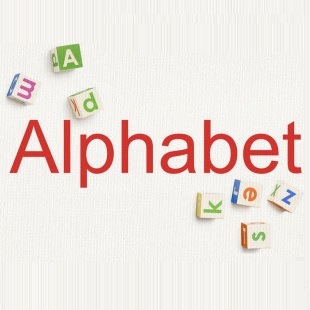Alphabet (Google) Business Strategy and Alphabet (Google) Competitive Advantage
 Alphabet (Google) business strategy is based on the following three elements:
Alphabet (Google) business strategy is based on the following three elements:
1. Business diversification and introduction of new products and services in a regular manner. This constitutes the core of Alphabet business strategy (Google business strategy). Starting from search engine business in 1998, the product portfolio of the company has been consistently expanded. Today Alphabet Inc. offers the widest ranges of products and services including self-driving cars, indoor and outdoor cameras, learning thermostats, and smoke alarms and even products to stop mosquitoes in their tracks. First mover advantage is the main Alphabet (Google) competitive advantage in relation to the majority of these products and services.
2. Business acquisitions. Alphabet (Google) business strategy involves rapid growths via acquisitions. As of December 2016, Alphabet acquired more than 200 companies and 30 acquisitions were made in 2015 and 2016 alone. The efficiency of the internet giant to effectively integrate its corporate culture to new businesses it acquires is one of the solid sources of Alphabet (Google) competitive advantage.
3. Profit maximization through creation of a closed eco-system. Google has created a collection of inter-connected services and applications. Customers usually enter this ecosystem through using Chrome browser, watching YouTube videos or using Gmail. In no time, they are prompted to use additional services such as Drive, Play, Calendar, Blogger and others. A greater range of products a customer uses, the more profit Google earns via advertising in various formats.
Moreover, machine learning and Artificial Intelligence (AI) has been focus of the business for the past several years with direct implications on Alphabet business strategy (Google business strategy). Introduction of Google Assistant and its integration into a new family of hardware devices like the Pixel and Google Home in 2016 is a big step for the company towards enhancing machine learning and AI.
Alphabet Inc. (Google) Report contains a full analysis of Alphabet (Google) business strategy. The report illustrates the application of the major analytical strategic frameworks in business studies such as SWOT, PESTEL, Porter’s Five Forces, Value Chain analysis and McKinsey 7S Model on Alphabet (Google). Moreover, the report contains analyses of Alphabet (Google) leadership, organizational structure and organizational culture. The report also comprises discussions of Alphabet (Google) marketing strategy and addresses issues of corporate social responsibility.

